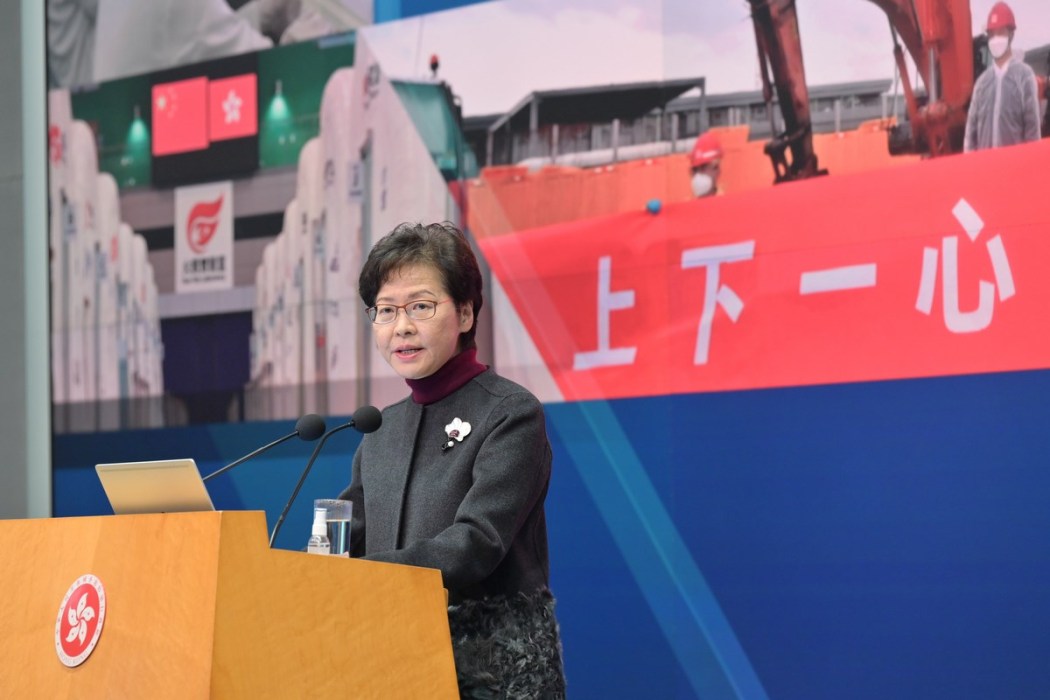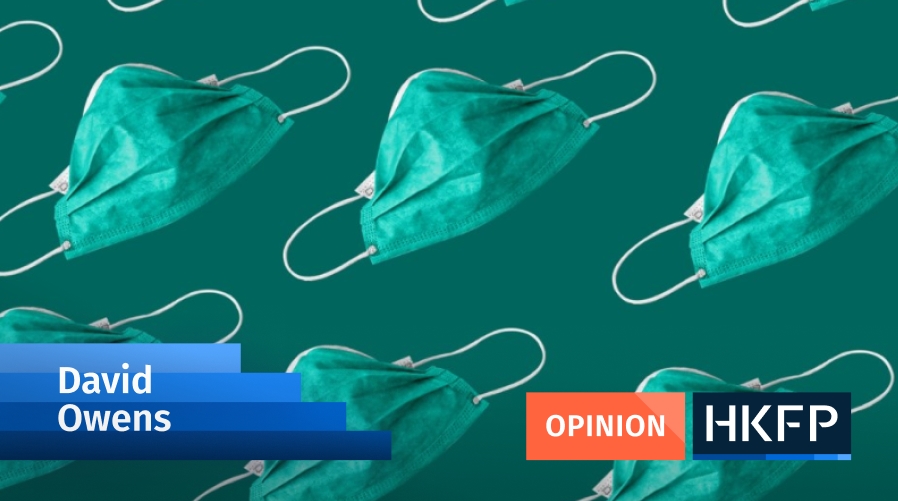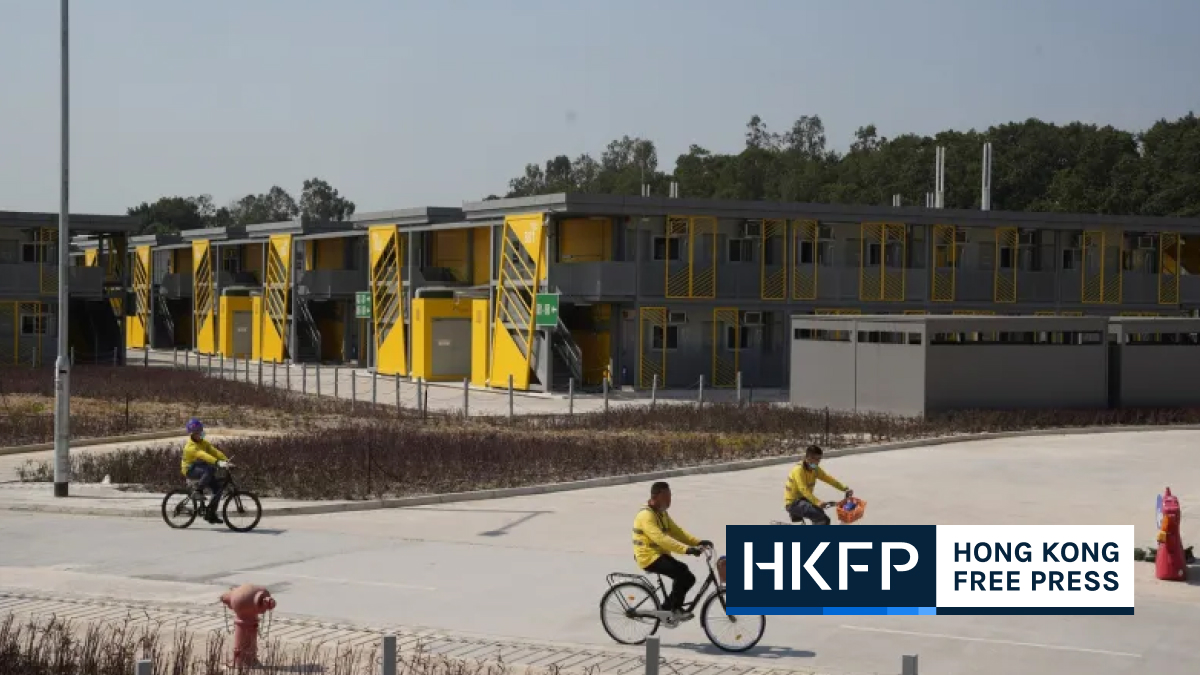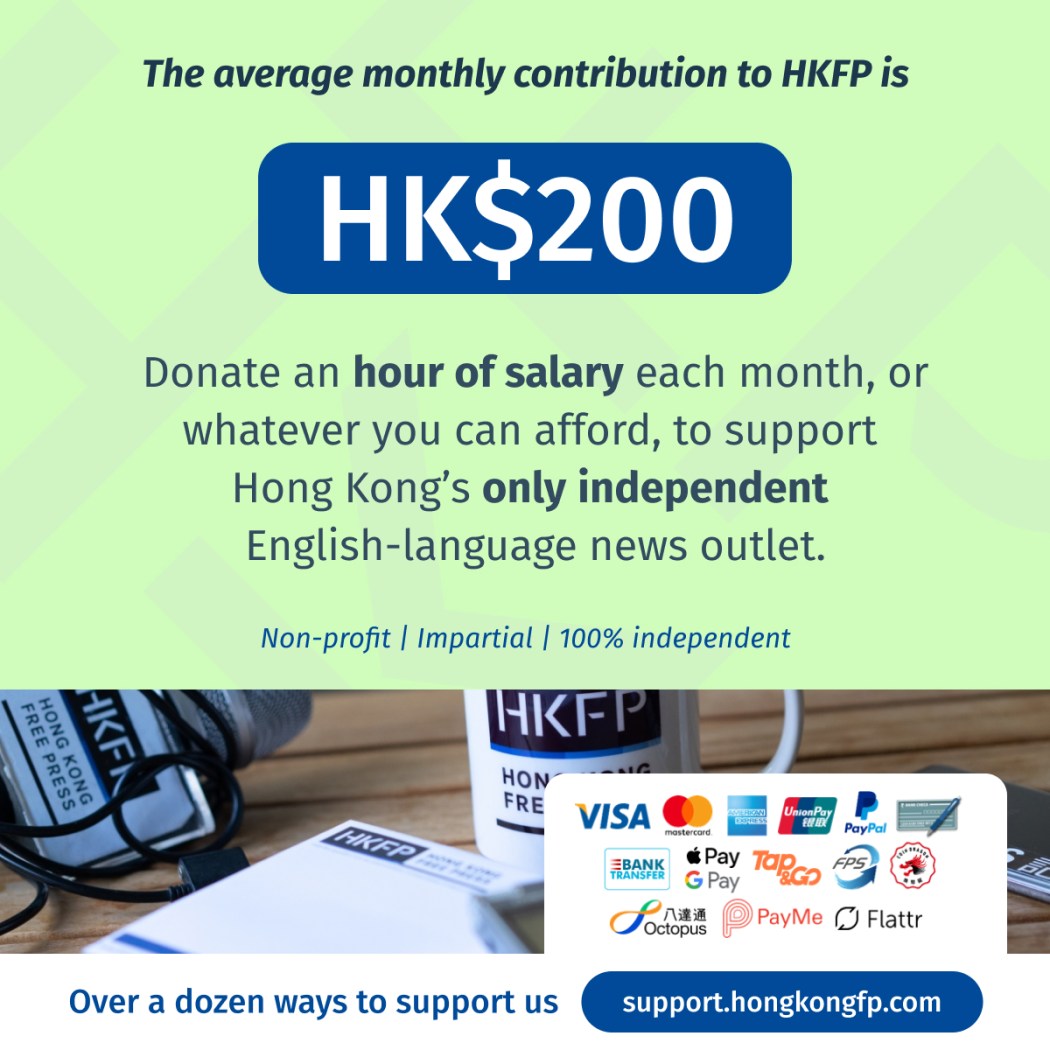The way that the government and some media outlets – including HKFP – report Hong Kong’s daily Covid-19 case load has changed. As infections surged and a significant bottleneck emerged at testing laboratories, it became clear that the number of new confirmed cases was not an adequate reflection of the epidemic situation in the city.
HKFP answers questions you may have on how infection figures are currently arrived at, and guides you through the most reliable places to find them.

What does Covid-19 ‘reported cases’ mean?
Covid-19 “reported cases” include all positive nucleic acid test results produced by laboratories at the Department of Health and its subsidiary the Centre for Health Protection (CHP), the Hospital Authority (HA), private testing contractors, or government-recognised private labs.
These cases are reported to the CHP, although they have not necessarily undergone a secondary review by the Department of Health, as was necessary to determine a confirmed cases from a preliminary one.
On February 20, Chuang Shuk-kwan of the CHP said the figures for reported cases would better reflect the trend of the epidemic in the city than the number of confirmed cases previously reported.
HKFP moved from reporting confirmed cases to reported cases in its Covid-19 coverage from February 25. You may have noticed that our daily infection figures since then have been higher than the confirmed figures reported by some Chinese-language news outlets.
What happened to confirmed or preliminarily positive cases?
Previously, Hong Kong health authorities would announce two sets of daily Covid-19 case numbers: confirmed cases and preliminary cases. Confirmed cases referred to Covid-19 nucleic acid test results produced directly by laboratories under the CHP or HA, as well as results reviewed by the CHP after being received from testing contractors and private labs.
Positive test results submitted to the CHP pending review were considered preliminary positive.

These cases would then be announced by the CHP the next afternoon, with a cut-off time of midnight. For example, a case that was confirmed on February 24 would not be announced as a confirmed case until the afternoon of February 25.
On February 26, the government stopped reviewing positive test results submitted by testing contractors because the CHP faced a growing backlog of test results it was unable to review and confirm in time, meaning that the confirmed case load underreported the scale of transmission in the city.
Why did Covid-19 figures spike on February 26?
On February 26, the government officially removed the review process that differentiated confirmed cases from preliminary positive cases and added backlogged preliminary cases to its total accumulated cases, leading to a spike.

How are Hong Kong’s Covid-19 infection figures publicised?
Hong Kong’s latest Covid-19 infection figures are presented on three government platforms:
- They are officially announced during the government’s Covid-19 press conferences at 4:30 p.m., livestreamed and reported by media outlets.
- Later on, the daily figures will appear on the CHP’s dashboard.
- The CHP’s latest situation of COVID-19 PDF is uploaded daily to coronavirus.gov.hk, a government website dedicated to the epidemic.
A dashboard provided by the University of Hong Kong is also simple to use, and offers the added bonus of real-time reproductive numbers.

Archival infection figures from previous days are available in the form of text press releases the government’s press release portal at info.gov.hk. These daily updates usually come between 8 p.m. and 9 p.m. under the title “CHP investigates XXX confirmed and XXX asymptomatic additional SARS-CoV-2 virus cases with XXX cases pending status.”
For data nerds, the latest figures are available as a spreadsheet on the government open data portal.
On the other hand, the Covid-19 infection graph appearing at the top of Google searches, which sources data from a John Hopkins University portal, vastly underreports data for Hong Kong.
Where can I find the latest Covid-19 death figures in Hong Kong?
The latest number of deaths reported by public hospitals is published in the Hospital Authority’s daily press release on Covid cases. These daily updates usually come between from 8 p.m. and 9 p.m. under the title “Public hospitals daily update on COVID-19 cases.”
While the CHP’s Covid dashboard offers an accumulated figure for Covid-19 deaths, updated daily, HKFP has found that this dashboard has recently deviated from figures reported by the HA on the same day, and is underreported by dozens.
The number of people who passed away at public hospitals due to Covid-19 are reported at daily afternoon press briefings by officials from the Hospital Authority.

Meanwhile, those who died in private hospitals or tested positive for the coronavirus but died before reaching a medical facility are usually reported by officials from the CHP. It is unclear whether these deaths outside public hospitals – which amount to about 10 cases – are included in the HA’s accumulated total, but HKFP is looking into it.
Support HKFP | Policies & Ethics | Error/typo? | Contact Us | Newsletter | Transparency & Annual Report | Apps
Help safeguard press freedom & keep HKFP free for all readers by supporting our team















